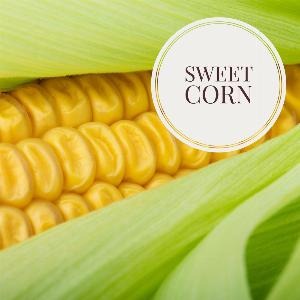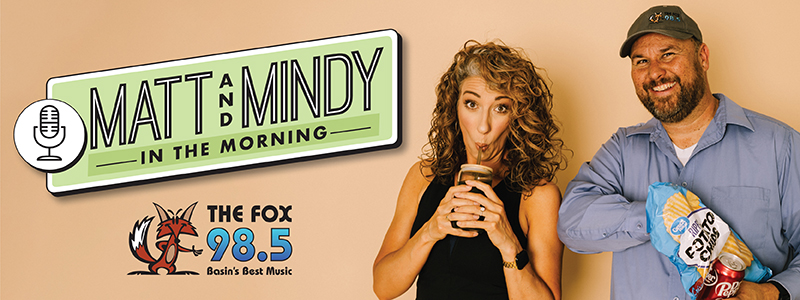Sweet corns available today fall into several general genetic classes. The first is Normal Sugary, indicated by a “su” following the name. These are the standard sweet corns that have been around and enjoyed for decades. They are not as sweet as newer corn types and have to be eaten immediately after picking, but their advantage is that the seeds germinate very well and tolerate cold soils better. These “su” types include Early Sunglow, Iowa Chief, Golden Jubilee, and Silver Queen. The next class of sweet corn is Sugary Enhanced, indicated by an “se” after the name. These varieties are a great improvement over the old “su” corns, being sweeter and holding their quality for days after picking . Common “se” types include Kandy Korn, Miracle Corn, Sugar Buns, Ambrosia, and Peaches and Cream, although there are many others. All “se” corns are unbeatable for fresh eating. The Super Sweet, or “sh2” corns are a relatively recent development, but they have serious drawbacks. Although they are extremely sweet and hold their quality long after picking, they have less real corn flavor. The soil must be very warm for them to germinate well and the seedlings aren’t very vigorous, and to top it off, “sh2” corns have to be isolated from every other type of corn. To overcome these obstacles, the Triple Sweet corn has been developed. This type is 75% “se” and 25% “sh2“. This means they are even sweeter than “se“ corns, have great corn flavor, and grow well in your garden. They don’t have to be isolated from other corn, either. . Honey Select and Serendipity are two Triple Sweet varieties. Their drawback is that the seed is a lot more expensive. For best yields from all corn types, in plant your sweet corn in a block instead of a long row or two. This will help the corn to pollinate more completely. Sweet corn needs soil that averages 60 to 65 degrees to sprout. Colder than that and the seed will soak up moisture but never sprout. Avoid planting right before a cold front and heavy rain. Plant the seeds no deeper than 1 ½ inches- you’ll get the best results when the corn isn’t planted too deeply.




